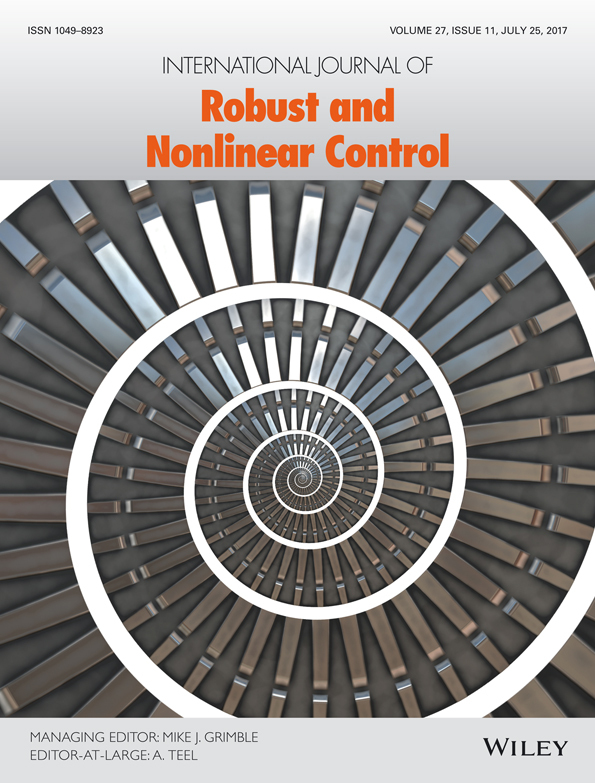A separation method of transmission delays and data packet dropouts from a lumped input delay in the stability problem of networked control systems
Summary
This paper proposes a separation method of a transmission delay and data packet dropouts from a lumped input delay in the stability problem of a networked control system, where both the transmission delay and the data packet dropouts are involved. By modeling data packet dropouts as sampling processes and the transmission delay as a state delay, the networked control system is represented as a sampled-data system with aperiodic sampling and a state delay. In order to separate the state delay and the sampling, the sampled-data system is transformed into a new system with an integral operator, where the sampling is embedded into the integral operator. By investigating the integral operator's gain and passivity, a novel Lyapunov functional is constructed to address the stability problem. The obtained stability results are dependent on both the data packet dropouts and the time delay. A numerical example is provided to demonstrate that the stability results are less conservative than some existing ones. Copyright © 2016 John Wiley & Sons, Ltd.




